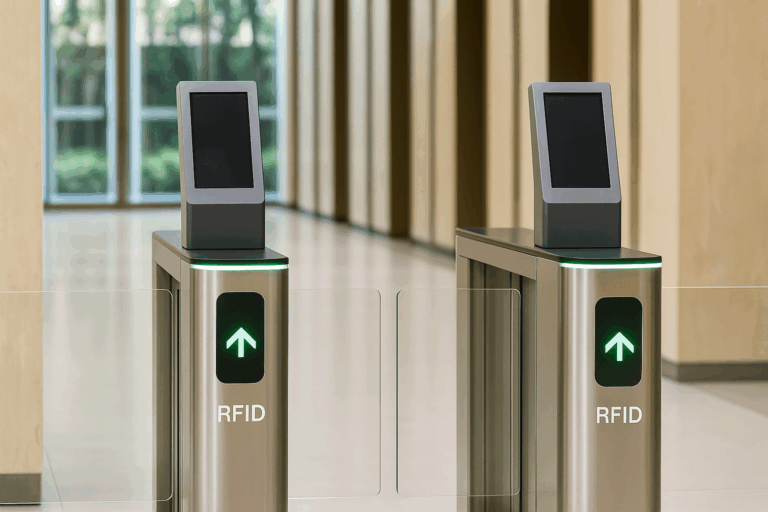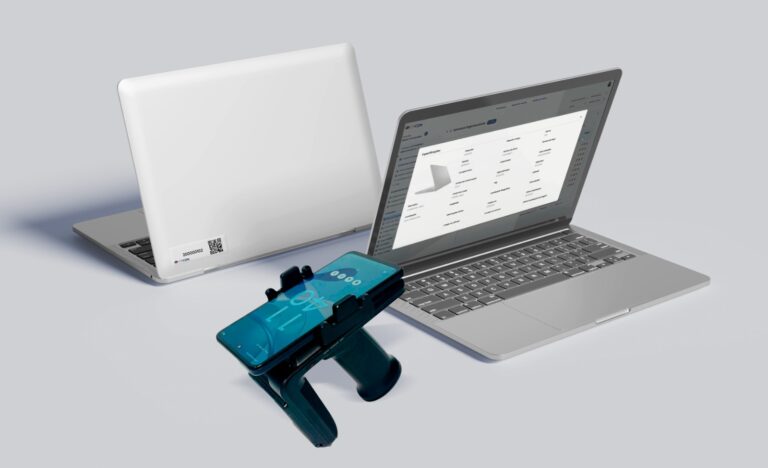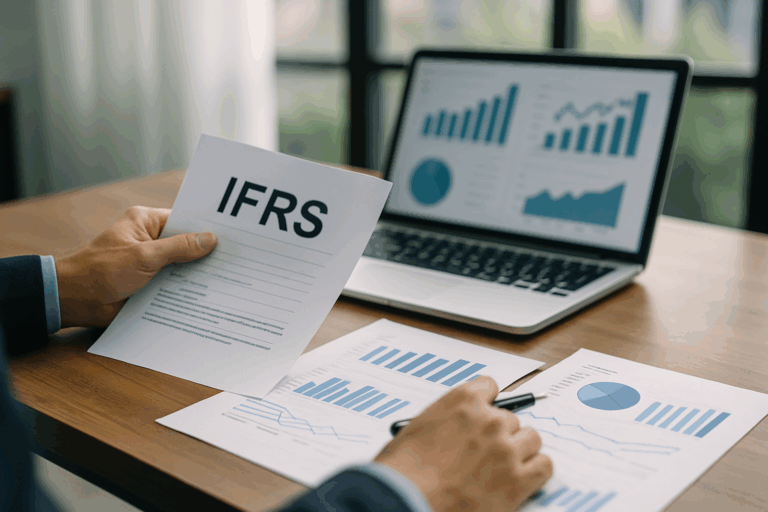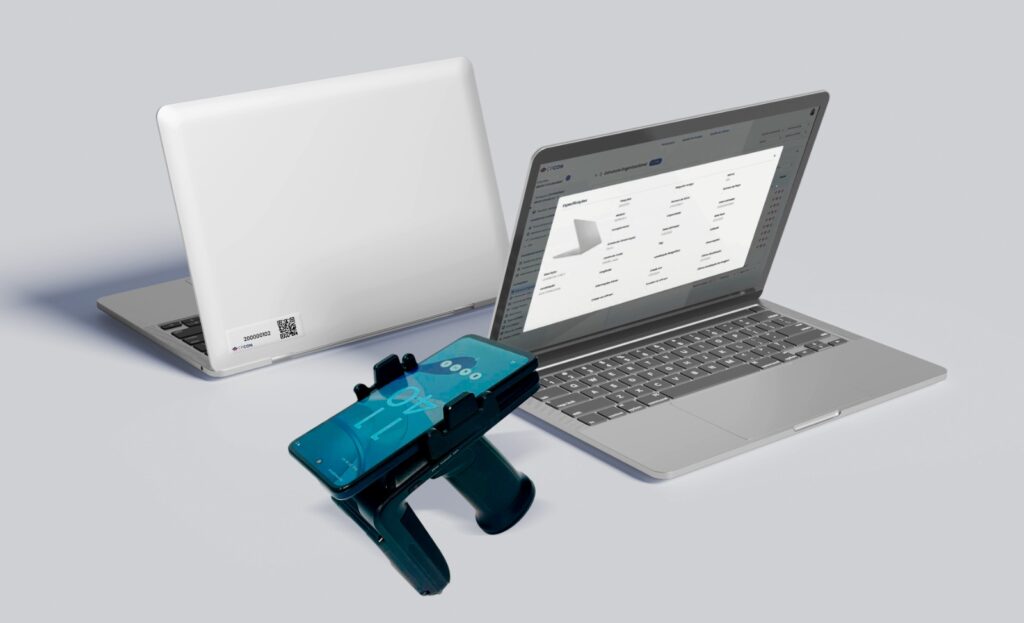Goodwill is one of those accounting terms that, while seemingly straightforward, carries deep strategic complexity. It represents the invisible value a company holds—one that doesn’t show up among its tangible assets. In an acquisition, that value can be the line between a successful investment and a multimillion-dollar mistake.
More than a technical concept, goodwill reflects everything that makes a company truly valuable in the eyes of the market: brand reputation, corporate culture, leadership, customer relationships, and operational intelligence. That’s exactly why calculating and monitoring goodwill requires far more than a simple formula.
In this comprehensive guide, we’ll break down why goodwill exists, how it is treated under U.S. GAAP, and how it directly impacts valuation, ROI, and corporate governance in M&A transactions. You’ll learn step by step how to calculate, support, and test this asset—and how CPCON Group helps companies manage it strategically.
Table of Contents
ToggleWhat Is Goodwill in U.S. Accounting?
Goodwill is an intangible asset that arises when a company acquires another business for more than the fair value of its identifiable net assets. It reflects the premium paid for the target’s reputation, customer relationships, skilled workforce, proprietary processes, and other elements that can’t be separately identified or measured.
Under U.S. GAAP, goodwill is recognized during a business combination and recorded on the acquiring company’s balance sheet. It is not amortized, but it must be tested annually for impairment under ASC 350. This accounting treatment acknowledges that goodwill is not a physical asset, but it can have a significant impact on the financial health and perceived value of a company.
For example, when a company pays $50 million for a target whose net assets are valued at $40 million, the extra $10 million is recorded as goodwill. That difference represents the strategic value the buyer sees beyond the tangible assets—often linked to the brand, customer base, or market positioning of the acquired company.
In essence, goodwill captures the invisible value behind a business that is often key to justifying an acquisition. Recognizing and managing it properly is essential for financial accuracy and investor trust.

Why Goodwill Matters in Mergers and Acquisitions
Goodwill plays a crucial role in mergers and acquisitions because it often reflects the real reason behind a deal: the value that goes beyond physical assets and financial statements. When a company decides to acquire another, it’s usually not just buying equipment, real estate, or inventory—it’s buying strategic advantages that are harder to measure.
These advantages include a loyal customer base, market reputation, skilled leadership, operational synergies, and growth potential. All of these factors are bundled into goodwill. In many high-value deals, goodwill can account for a significant portion of the total purchase price.
From a financial reporting perspective, goodwill can reshape a company’s balance sheet. Investors and analysts watch goodwill levels closely because excessive or unjustified goodwill may signal overpayment or poor due diligence. That’s why U.S. accounting standards require companies to test goodwill for impairment every year.
In M&A negotiations, goodwill can also become a key point of contention. Buyers want to understand how much of what they’re paying is supported by real, sustainable value. Sellers, on the other hand, often argue that their intangible strengths justify a higher price. The ability to properly identify, support, and manage goodwill is essential for a successful transaction.
How to Calculate Goodwill Step by Step
Calculating goodwill is straightforward in theory—but it requires precision in practice. The formula is simple:
Goodwill = Purchase Price – Fair Value of Net Identifiable Assets
Here’s a step-by-step guide to calculate it accurately:
1. Determine the Purchase Price
This includes the total amount paid by the acquiring company, such as:
- Cash paid
- Fair value of shares issued
- Assumed liabilities
2. Identify and Value Tangible and Intangible Assets
Assess the fair market value of all identifiable assets, including:
- Real estate, equipment, and inventory
- Trademarks, patents, customer contracts
- Deferred tax assets or liabilities
3. Subtract Liabilities
Deduct all assumed liabilities to find the net identifiable assets.
4. Apply the Formula
Subtract the net assets from the total purchase price. The remainder is goodwill.
Example: U.S. Tech Company Acquisition
Let’s say a California-based software company acquires a smaller startup for $80 million. Here’s the breakdown:
| Component | Amount (USD) |
| Purchase Price | $80 million |
| Fair Value of Tangible Assets | $25 million |
| Fair Value of Intangible Assets (e.g., software IP, contracts) | $30 million |
| Total Liabilities Assumed | $10 million |
Net Identifiable Assets = $25M + $30M – $10M = $45M
Goodwill = $80M – $45M = $35M
In this case, the acquiring firm records $35 million in goodwill, representing the startup’s brand value, engineering talent, and customer relationships.
Well-structured goodwill calculations like this are essential not only for accurate accounting, but also to meet audit requirements and ensure transparency with shareholders.

Goodwill Impairment Test: Rules, Risks, and Red Flags
Under U.S. GAAP, companies must test goodwill for impairment at least once a year, or whenever there’s a trigger event that suggests its value may have declined. This process is governed by ASC 350 – Intangibles – Goodwill and Other.
Unlike other intangible assets, goodwill is not amortized. Instead, it must be evaluated to ensure that it still holds its recorded value. If the fair value of the reporting unit falls below its carrying amount, part—or all—of the goodwill must be written off.
How the Impairment Test Works
Since 2017, most U.S. companies follow the simplified one-step test:
- Compare the fair value of the reporting unit with its carrying amount (including goodwill).
- If fair value < carrying amount, the difference is recorded as an impairment loss.
There’s no need to assign fair values to individual assets unless impairment is indicated.
Common Impairment Triggers
- A sudden decline in revenue or market share
- Macroeconomic downturns
- A drop in stock price or market valuation
- Strategic changes (e.g., discontinued operations)
Real-World Example
In 2020, several U.S. retailers recorded goodwill impairments after the COVID-19 pandemic impacted store performance. Companies like Macy’s and Gap Inc. adjusted their financials to reflect these changes, resulting in multi-million-dollar write-downs that directly affected earnings.
Why It Matters
Impairment losses reduce net income and can damage investor confidence. They often raise red flags about the success of a past acquisition or the future prospects of the business unit involved. That’s why regular testing, supported by strong documentation and valuation reports, is critical.
Goodwill may be intangible—but the risks of mismanaging it are very real.
The Role of Goodwill in Business Valuation and ROI
Goodwill can significantly influence how a business is valued—both during an acquisition and in ongoing investor assessments. It often reflects the “hidden value” that traditional asset-based methods miss, which is why it plays a central role in deal pricing and return on investment (ROI) calculations.
When investors or financial analysts evaluate a company, they don’t just look at hard assets. They consider brand equity, customer loyalty, market position, and the strength of leadership—all of which are captured through goodwill.
Why It Affects ROI
Goodwill affects ROI because it represents a premium paid above tangible value. If that premium leads to stronger earnings, better margins, or market expansion, the investment makes sense. But if the acquired business underperforms, goodwill quickly becomes a liability—raising concerns about capital allocation and deal execution.
Example: Tech Sector Acquisitions
In the U.S. tech industry, goodwill often accounts for more than 50% of the purchase price in large acquisitions. Think of Amazon’s acquisition of Whole Foods or Microsoft’s purchase of LinkedIn—deals where market presence and brand power were major value drivers.
For companies in these sectors, goodwill isn’t just an accounting item. It’s a strategic bet on future cash flows, customer behavior, and competitive advantage.
Valuation Implications
- High goodwill may signal a strong brand and growth potential—or an overpriced deal.
- Frequent impairments may indicate poor acquisition decisions or deteriorating business performance.
- Stable goodwill with growing earnings supports confidence in ROI and future valuation multiples.
In other words, managing goodwill strategically is key to delivering shareholder value and sustaining long-term growth.

How CPCON Group Supports Strategic Goodwill Management
At CPCON Group, we understand that goodwill is more than a number on the balance sheet—it’s a reflection of your company’s long-term value and strategic vision. That’s why we offer specialized services to help organizations across the U.S. manage, justify, and monitor goodwill with precision and compliance.
Our Core Services Include:
1. Purchase Price Allocation (PPA)
We support clients in accurately allocating the purchase price of acquisitions, identifying all tangible and intangible assets, and determining the goodwill component with full transparency. This step is critical for meeting audit and SEC requirements.
2. Goodwill Impairment Testing (ASC 350 Compliance)
We assist CFOs and controllers in conducting annual impairment tests in line with U.S. GAAP. Our valuations are defensible, audit-ready, and backed by detailed reporting, helping reduce risk and ensure full compliance with accounting standards.
3. Strategic Asset Valuation
We bring deep expertise in asset appraisal—both physical and intangible—ensuring that all valuations are properly documented and aligned with investor expectations and financial strategy.
4. Advisory for M&A Transactions
From pre-deal analysis to post-merger integration, we provide insights that strengthen your valuation models, support due diligence, and optimize ROI from goodwill and other intangible assets.
Whether you’re preparing for an audit, navigating a complex M&A, or monitoring performance across reporting units, CPCON Group delivers the clarity and control needed to manage goodwill with confidence.
Ready to take control of your goodwill strategy?
Contact CPCON Group today and discover how our expertise in asset valuation and impairment testing can help you turn complex accounting requirements into strategic opportunities. Let’s build long-term value—together.
Why Managing Goodwill Is a Strategic Advantage
Goodwill is more than an accounting requirement—it’s a key indicator of how the market values your business beyond physical assets. When managed strategically, it supports stronger valuations, investor confidence, and long-term performance.
Failing to calculate or monitor goodwill correctly can result in financial misstatements, lost credibility, and missed opportunities during mergers and acquisitions. That’s why companies that invest in proper valuation, impairment testing, and compliance gain a real advantage—not just in accounting, but in decision-making and growth strategy.
With the right expertise and tools, goodwill becomes a reflection of your company’s true market strength. And that’s where CPCON Group makes the difference.
Looking to go deeper into fixed asset strategy and compliance?
Explore our expert resources:
- Fixed Asset Audit: Checklist with 5 Practical Steps to Prepare Yourself
- Mastering Fixed Asset Depreciation for Financial Accuracy
- Inventory Management: The Hidden Cost of the 6.5% Inventory Gap
FAQ
What is goodwill in accounting?
Goodwill is an intangible asset that represents the excess amount paid during a business acquisition above the fair value of the target’s identifiable net assets. It includes elements like brand reputation, customer loyalty, and operational know-how.
How is goodwill calculated during a merger or acquisition?
Goodwill is calculated by subtracting the fair value of net identifiable assets from the total purchase price. The result is recorded as goodwill on the acquirer’s balance sheet under U.S. GAAP.
Is goodwill subject to amortization under U.S. GAAP?
No. Under ASC 350, goodwill is not amortized. Instead, companies must perform an annual impairment test—or sooner if a triggering event occurs—to ensure the asset has not lost value.
What causes goodwill impairment?
Goodwill impairment can occur when a company’s market value drops, revenue declines, or strategic changes reduce the expected future cash flows of a reporting unit. Impairments must be recorded as losses in the income statement.
How can CPCON Group help with goodwill management?
CPCON Group provides expert support in purchase price allocation, goodwill impairment testing, asset valuation, and audit preparation—ensuring compliance, accuracy, and strategic insight throughout the M&A process.






















